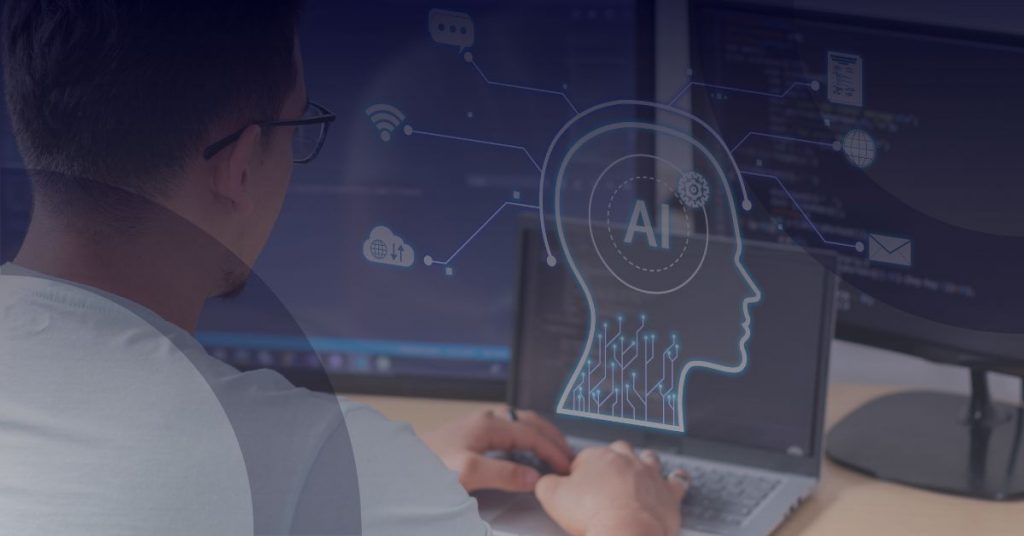Windows 11 was officially announced by Microsoft on June 24, 2021. A range of new features, an innovative interface, and a focus on balance between home and office settings will make this modern operating system an exciting platform on which you and your team can do your work.
This platform is optimised for hybrid working, delivers a newly improved security focus across devices and the cloud, makes use of ARM processors and supports more efficient collaboration and productivity.
Before you start your migration, however, you should know what the new OS offers, and whether your systems can support it.
What Does Windows 11 Offer Your Organisation?
This new OS is designed with the modern worker (and their many workplace and devices) in mind. From productivity-based features to enhanced security, Windows 11 innovates the current professional workspace across the board.
Windows 11 Is Optimised For Hybrid Working
At the core of Windows 11 is a focus on supporting today’s hybrid worker. Its many new features make it easier for users to work between different apps, different devices, and different workplaces.
Preferences, personalised configurations and more are kept consistent across devices and settings, ensuring users can enjoy a seamless experience set to their exact specifications. Furthermore, AI-powered widgets help to further focus the experience for users as they do their work.
Security is also a key priority in the hybrid workspace. As users access their sensitive data from more devices and in different settings, it’s more important than ever to ensure the protection of that data. Windows 11 raises the bar by implementing new security standards that were just an option in previous years.
Windows 11 Provides An Improved Security Focus
Windows 11 is the most secure Microsoft OS to date. It follows a zero-trust security model, ensuring ironclad security from the hardware chip level to Azure cloud apps and services.
New security features include:
- Hardware-based isolation helps protect system integrity in this new operating system.
- Robust encryption prevents unauthorised parties from reading data while in transit or at rest.
- Advanced malware prevention further protects users against dangerous cybercriminal weapons.
- Security credentials capabilities offer new protection at both the chip and cloud levels.
- Prerequisite Trusted Platform Module capability provides a tamper-resistant environment to enable the generation, storage, and protection of encryption keys.
Windows 11 Uses ARM Processors
Beyond the user experience and quality of life improvements made to Windows 11, the new OS will also make use of powerful ARM processors. Similar to how Apple has moved away from AMD and Intel processors, Windows 11 is designed to use this alternative chip technology, and run in what’s known as a “full-fat” OS arrangement.
These processors provide users with access to expandable storage, longer battery life, potentially faster speeds as well as less power expenditure, all of which is ideal for remote workers. With Windows 11 on ARM, users can run Windows and Android on the same tablet, as the OS will be able to run Android Apps from the Amazon app store.
This is ideal for the modern user that’s working between different settings and on different devices for their work. These processors also benefit desktop users that require more robust memory and raw power, such as designers, video editors, and engineers that use BIM and CAD programs.
Windows 11 Supports Modern Collaboration and Productivity
In light of its explosive popularity over the course of the pandemic, Microsoft has opted to directly integrate Teams into every aspect of Windows 11. Users will be able to launch directly into Teams chats and meetings from the Teams icon on the taskbar. Furthermore, Teams functions (such as a dedicated mute button) will be arranged in as accessible a manner as possible, helping to streamline work and tasks during video conferences.
In order to support users’ productivity, Windows 11 also offers the new Snap Layout feature, which will allow for more personal configuration of apps on one or more screens. By organising their apps according to their preferences, users will be able to navigate between them and multi-task more effectively.
Do Your Devices Meet The Minimum Refresh Requirements?
If your device is currently running Windows 10, you may be able to simply just upgrade to Windows 11.
You’ll have to run a compatibility assessment to make sure Windows 11 can operate on your device. To do this, you can use the PC Health Check app or you can check with your PC Original Equipment Manufacturer (OEM). If your device does not meet the requirements, you will have to consider purchasing a new PC.
These are the basic requirements to install Windows 11 on a PC:
- Processor: 1 gigahertz (GHz) or faster with 2 or more cores on a compatible 64-bit processor or System on a Chip (SoC).
- RAM: 4 gigabyte (GB).
- Storage: 64 GB or a larger storage device.
- System Firmware: UEFI, Secure Boot capable.
- TPM: Trusted Platform Module (TPM) version 2.0.
- Graphics Card: Compatible with DirectX 12 or later with Windows Display Driver Model (WDDM) 2.0 driver.
- Display: High definition (720p) display that is greater than 9” diagonally, 8 bits per colour channel.
- Internet Connection and Microsoft Accounts: To complete the device setup on its first use, Windows 11 requires internet connectivity and a Microsoft account. For all updates and to take advantage of some features, internet access is required. Some features require a Microsoft account as well.
Feature Requirements
In order to utilise Windows 11 to its fullest potential, your device will need to meet some feature requirements as well. Some features in Windows 11 have specific requirements beyond the system requirements above.
These are just a few of the additional requirements for some key features:
- 5G Support: Requires a 5G capable modem.
- Cortana: Requires a microphone and speaker and is currently available on Windows 11 for approximately 13 countries, including the United States.
- DirectStorage: Requires an NVMe SSD to store and run games that use the “Standard NVM Express Controller” driver and a DirectX12 GPU with Shader Model 6.0 support.
- Presence: Requires sensor that can detect human distance from device or intent to interact with the device.
- Intelligent Video Conferencing: Requires video camera, microphone, and speaker (audio output).
- Multiple Voice Assistant (MVA): Requires a microphone and speaker.
- Mute/Unmute from Taskbar: Requires video camera, microphone, and speaker (audio output). The app must be compatible with the feature to enable global mute/unmute.
- Teams: Requires video camera, microphone, and speaker (audio output).
- Touch: Requires a screen or monitor that supports multi-touch.
- Two-factor Authentication: Requires use of a PIN, biometric (fingerprint reader or illuminated infrared camera), or a phone with Wi-Fi or Bluetooth capabilities.
- Voice Typing: Requires a PC with a microphone.
- Wi-Fi 6E: Requires new WLAN IGV hardware and driver and a Wi-Fi 6E capable AP/router.
Need Help Making The Switch To Windows 11?
Many businesses that want to switch to Windows 11 might not yet be compatible with the minimum requirements.
Call the Reliable Networks team to see how we can help you make the transition from Windows 10 to Windows 11 and find out if your current devices are capable of running Microsoft’s new OS.






